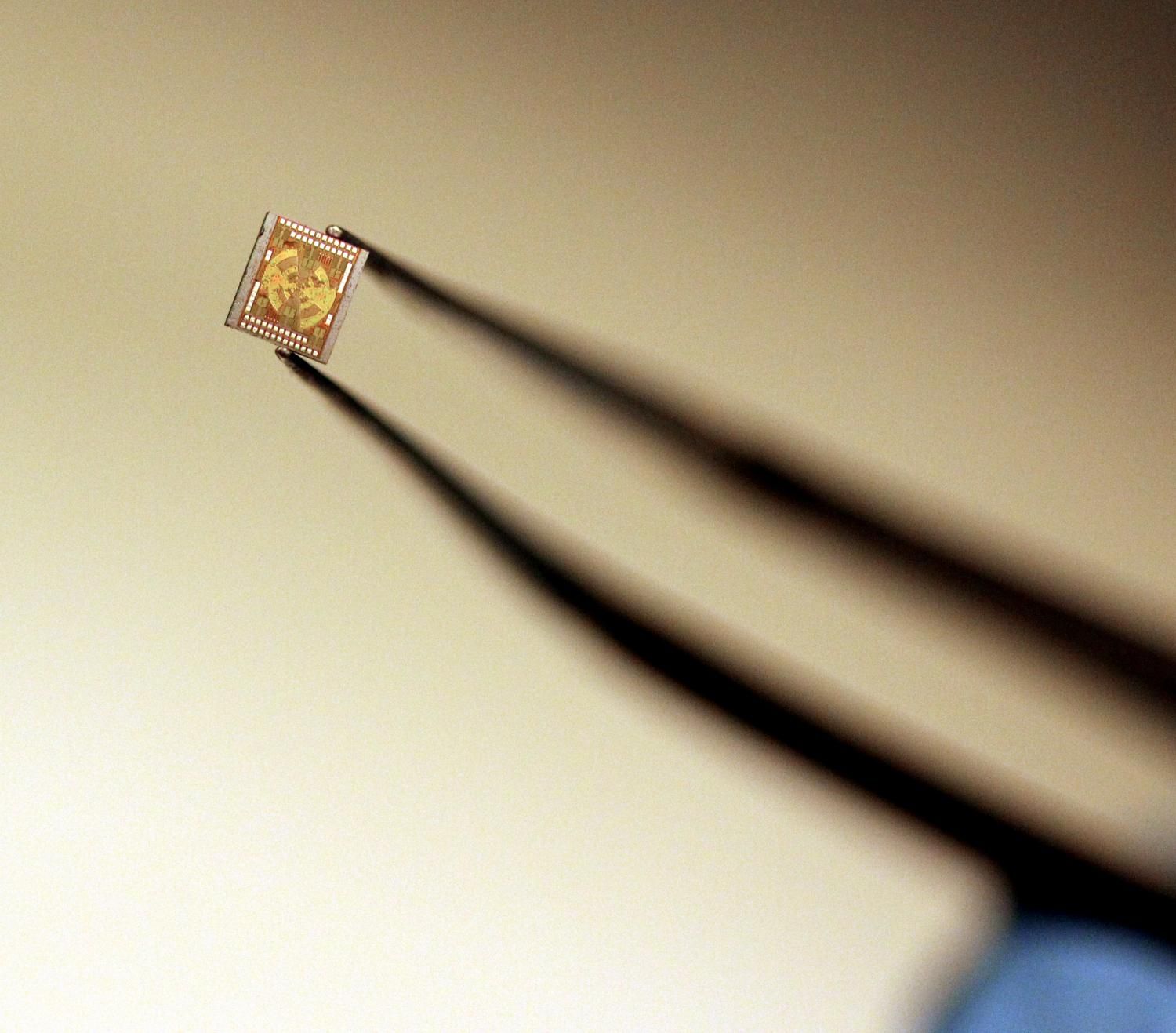Electromagnetic pulses lasting one millionth of a millionth of a second may hold the key to advances in medical imaging, communications and drug development. But the pulses, called terahertz waves, have long required elaborate and expensive equipment to use.
Now, researchers at Princeton University have drastically shrunk much of that equipment: moving from a tabletop setup with lasers and mirrors to a pair of microchips small enough to fit on a fingertip.
In two articles recently published in the IEEE Journal of Solid State Circuits, the researchers describe one microchip that can generate terahertz waves, and a second chip that can capture and read intricate details of these waves.









Comments are closed.